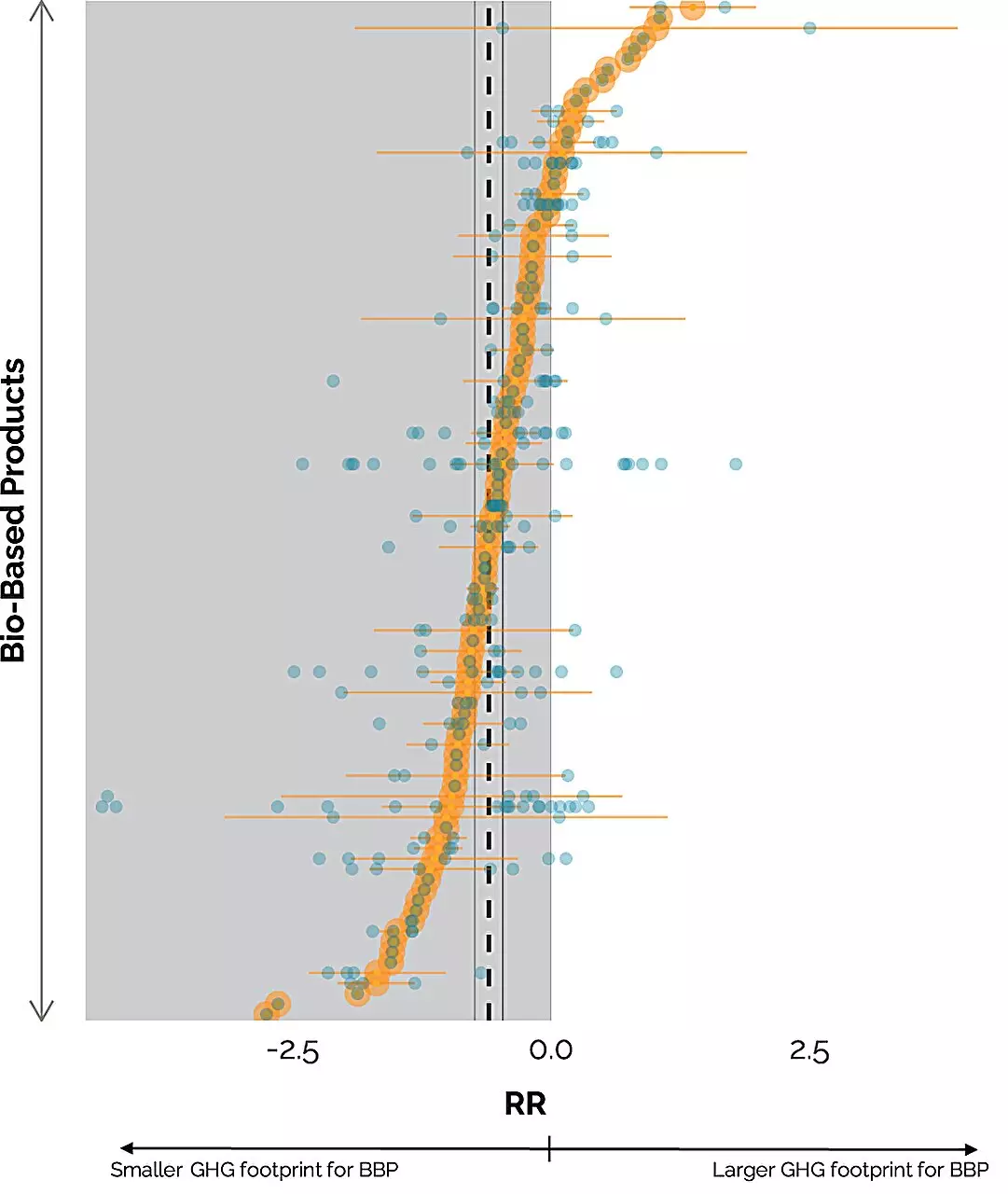The global push for sustainability and the reduction of greenhouse gas emissions has led to increased investment in biomaterials. These materials, derived from plants, aim to replace fossil fuel-based products like plastics and fibers. The assumption is that biomaterials have a lower environmental impact than their counterparts made from fossil fuels. However, a research study conducted by Radboud University and the Joint Research Center reveals that while biomaterials on average emit 45% less CO2, there is significant variation among individual products. This begs the question of whether biomaterials truly offer a sustainable solution or if more action is needed to achieve complete climate neutrality.
The research team analyzed data from 98 biomaterials reported in 130 international studies, considering the entire life cycle from raw material extraction to waste processing. The results showed that, on average, biomaterials emit significantly less CO2 compared to their fossil fuel-based counterparts. This finding is promising and supports the argument for further investment in biomaterials. However, it should be noted that not all biomaterials are created equal. Some biomaterials even emit more CO2 than the fossil materials they aim to replace, highlighting the need for more stringent regulation and standards in this sector.
The variation in CO2 emissions among biomaterials raises concerns about achieving complete climate neutrality. While the average reduction of 45% is significant, it is not enough to offset the emissions of high-emitting biomaterials. It is crucial to prioritize the development and adoption of biomaterials that offer the greatest carbon reduction potential. This requires collaboration between researchers, industry experts, and policymakers to identify and promote those biomaterials that are truly sustainable and contribute to climate mitigation.
Unintended Environmental Impacts
Reducing CO2 emissions is a crucial step in addressing climate change, but it is also essential to consider the potential environmental impacts of biomaterial production beyond carbon reduction. For example, the use of fertilizers in biomass production for biomaterials can have detrimental effects on water quality and soil health. It is vital to ensure that the pursuit of sustainability in one area does not inadvertently harm another aspect of the environment. A holistic approach to assessing the environmental impact of biomaterials, considering not only CO2 emissions but also other potential environmental consequences, is necessary.
Biomaterials have the potential to contribute to reducing greenhouse gas emissions and transitioning towards a more sustainable future. However, the findings of the research study indicate that there is still work to be done to achieve climate neutrality and minimize unintended environmental impacts. Greater emphasis should be placed on identifying and investing in biomaterials that offer substantial carbon reductions and have minimal negative effects on other environmental factors. This requires a comprehensive and standardized approach to assessing the sustainability of biomaterials throughout their lifecycle. By critically analyzing and addressing the limitations and variations highlighted by this research, we can pave the way for truly sustainable biomaterials that support our collective efforts in combating climate change.


Leave a Reply